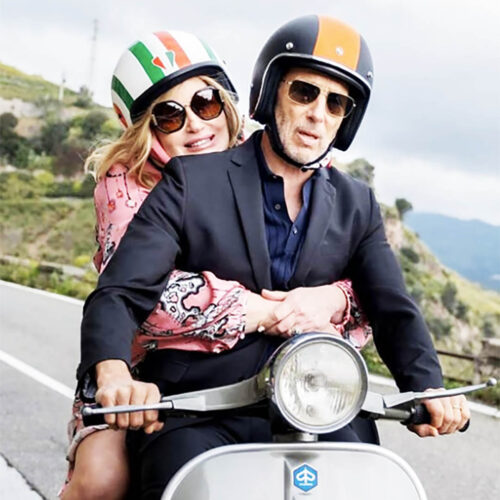
Colorful Traditions and Celebrations of Mardi Gras
Fat Tuesday, also known as Mardi Gras, is a special day of celebration on the Tuesday before Ash Wednesday.
While it is most famously associated with the colorful and raucous celebrations in New Orleans, the day is celebrated in many other parts of the world, each with its unique traditions and customs.
From the holiday’s religious roots to indulgent feasting and parades, Fat Tuesday is a special occasion steeped in history and meaning.
In this roundup, we will explore some of the fascinating facts and lesser-known aspects of Fat Tuesday and why it is such a beloved and cherished holiday for so many people.
Here are some facts about Fat Tuesday:
- It is a day of indulgence: Fat Tuesday is traditionally a day of eating rich, fatty foods and enjoying other indulgences before the fasting and sacrifice of Lent begin.
- It has religious roots: While Fat Tuesday is now associated with secular celebrations, it originates in the Catholic Church’s liturgical calendar. The day is also known as Shrove Tuesday, the last day before the start of Lent, a time of reflection and penance.
- It is celebrated worldwide: While the most famous Fat Tuesday celebration is in New Orleans, Louisiana, the day is celebrated in many other parts of the world, including Brazil (where it is known as Carnival), Venice, and many other cities and towns.
- It has colorful traditions: Fat Tuesday is known for its colorful costumes, parades, and other festivities. In New Orleans, for example, there are elaborate parades with floats, marching bands, and masked revelers who throw beads, trinkets, and other items to the crowds.
- It marks the end of Carnival season: For many people, Fat Tuesday is the culmination of Carnival season, which lasts for several weeks leading up to Ash Wednesday. Carnival season is a time of celebration, feasting, and fun, and it varies in length and style depending on the location.
Did you know?
Fat Tuesday’s tradition of throwing beads and other trinkets from parade floats in New Orleans started as a way for the riders to entice people to watch their parade. The first throws were small glass beads replaced with less breakable plastic beads in the 1960s. Over time, the tradition has grown to include various throws, including stuffed animals, cups, and other items.
A little history:
The roots of Mardi Gras can be traced back to medieval Europe, where it was a time for feasting and revelry before the solemn season of Lent. In some countries, the day was known as “Shrove Tuesday”–a time for confessing one’s sins and receiving absolution before Lent began.
Fat Tuesday is called so because many Christians traditionally fast and give up certain indulgences. In the past, people would use Fat Tuesday as an opportunity to indulge in rich, fatty foods and other pleasures before the period of sacrifice and self-denial that Lent represents.

The term “fat,” in this case, refers to the rich foods and feasting that typically took place on this day. The name “Mardi Gras,” also referred to as Fat Tuesday, is French for “Fat Tuesday.”
The tradition of the carnival season, which culminates in Fat Tuesday, can be traced back to ancient Rome, where elaborate festivals and celebrations were leading up to the start of Lent.
The first recorded Mardi Gras celebration in North America was in 1699, when French explorers arrived in Mobile, Alabama, and held a Mardi Gras celebration. The tradition later spread to New Orleans and other parts of the South.
In the 1800s, New Orleans became the epicenter of Mardi Gras celebrations in the United States, with elaborate parades and balls featuring costumed participants and decorated floats. The city’s first Mardi Gras krewe (a social club that organizes parades and other events) was formed in 1857.
Fat Tuesday is celebrated in many different parts of the world, with each location putting its unique spin on holiday. From Rio de Janeiro’s samba parades to Venice’s costumed revelry, it’s a truly global celebration!


